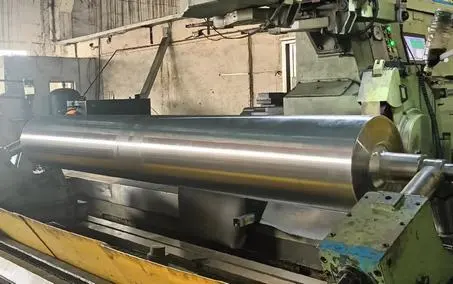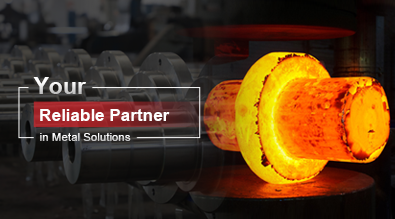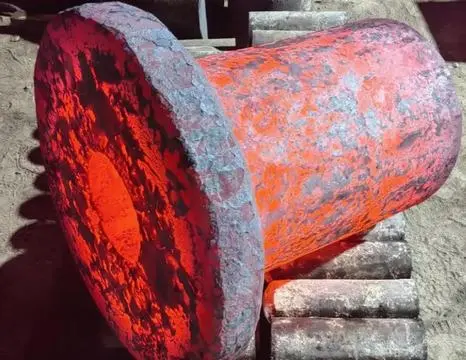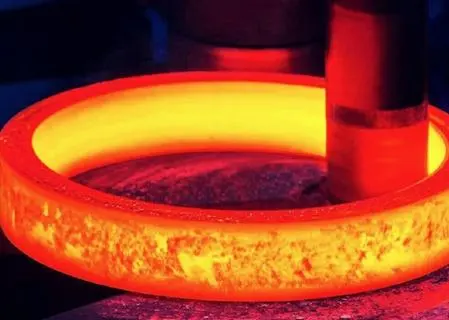Mechanical Limitations of Stabilizer Rolls
Wear and Tear Considerations
One of the primary mechanical limitations of stabilizer rolls is their susceptibility to wear and tear. The constant contact between the roll surface and the moving web material can lead to gradual degradation of the roll's surface. This wear can manifest as uneven spots, grooves, or pitting, which may compromise the roll's ability to maintain uniform tension across the web. Additionally, the bearings that support the roll can experience wear over time, potentially leading to reduced rotational precision and increased vibration.
Alignment Challenges
Proper alignment is critical for the effective operation of stabilizer rolls. However, maintaining perfect alignment can be challenging, especially in high-speed production environments. Misalignment can occur due to factors such as vibration, thermal expansion, or mechanical stress. Even slight misalignment can result in uneven web tension, leading to wrinkles, creases, or other quality issues in the final product. Regular monitoring and adjustment of roll alignment are necessary to mitigate this limitation.
Load Capacity Restrictions
Stabilizer rolls are designed to handle specific load capacities, which can be a limiting factor in certain applications. Exceeding the recommended load capacity can lead to premature wear, deformation of the roll surface, or even catastrophic failure. This limitation necessitates careful consideration of the roll specifications in relation to the intended application, ensuring that the selected stabilizer roll can adequately handle the required web tension and material weight without compromising performance or safety.
Environmental and Operational Constraints
Temperature Sensitivity
The performance of stabilizer rolls can be significantly affected by temperature fluctuations. Many roll materials, particularly those with polymer coatings, exhibit thermal expansion or contraction in response to temperature changes. This can lead to variations in roll diameter and surface characteristics, potentially impacting web tension and stability. Extreme temperatures may also affect the mechanical properties of the roll materials, leading to reduced durability or performance. Consequently, maintaining a controlled temperature environment is often necessary to ensure consistent stabilizer roll operation.
Chemical Compatibility Issues
In industries where chemical processes are involved, the chemical compatibility of stabilizer rolls becomes a critical consideration. Certain roll materials may be susceptible to degradation or damage when exposed to specific chemicals or solvents. This limitation can restrict the use of certain types of stabilizer rolls in particular applications or require the implementation of protective measures. Selecting rolls with appropriate chemical resistance is essential to prevent premature failure and ensure long-term reliability in chemically aggressive environments.
Speed and Tension Limitations
While stabilizer rolls are designed to operate at high speeds, there are practical limits to the velocities they can effectively manage. Exceeding these speed limits can lead to increased vibration, reduced tension control, and potential safety hazards. Similarly, there are limitations on the maximum and minimum tension that can be effectively applied to the web material. Operating outside these tension ranges can result in web instability, breakage, or inadequate wrinkle removal. Balancing speed and tension requirements within the operational limits of the stabilizer roll is crucial for optimal performance.
Maintenance and Cost Considerations
Regular Maintenance Requirements
The need for regular maintenance is a significant limitation of using stabilizer rolls. To ensure optimal performance and longevity, these components require periodic inspection, cleaning, and servicing. This maintenance regimen can include surface cleaning to remove debris or buildup, bearing lubrication, and alignment checks. The frequency and complexity of maintenance tasks can impact production schedules and require dedicated resources. Neglecting maintenance can lead to reduced performance, increased downtime, and potentially costly repairs or replacements.
Cost Implications
The initial investment and ongoing costs associated with stabilizer rolls can be a limiting factor for some operations. High-quality rolls, especially those with specialized coatings or materials, can represent a significant capital expense. Additionally, the costs associated with maintenance, spare parts, and potential downtime during roll replacement or servicing must be considered. While these costs are often justified by improved product quality and production efficiency, they can pose challenges for smaller operations or those with tight budget constraints.
Specialized Expertise Requirements
Effective implementation and management of stabilizer roll systems often require specialized knowledge and expertise. This includes understanding the intricacies of roll selection, proper installation techniques, and optimal operational parameters. Training personnel to effectively operate and maintain stabilizer roll systems can be time-consuming and may necessitate ongoing educational efforts as technology evolves. The reliance on specialized expertise can be a limitation, particularly for organizations without in-house capabilities in this area.
In conclusion, while stabilizer rolls offer significant benefits in web handling processes, it's crucial to understand and address their limitations. By carefully considering factors such as mechanical wear, environmental conditions, and maintenance requirements, manufacturers can optimize the performance and longevity of their stabilizer roll systems. For those seeking expert guidance on selecting and implementing stabilizer rolls tailored to their specific industrial needs, we invite you to reach out to our team at info@welongpost.com. Our experienced professionals are ready to assist you in navigating the complexities of stabilizer roll technology and finding solutions that enhance your production processes.




